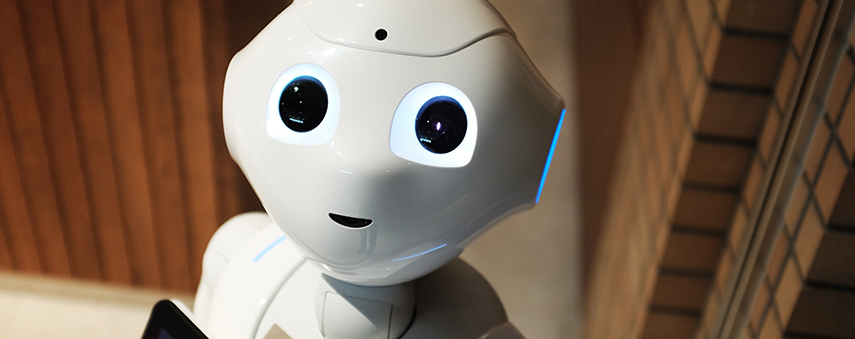5 Fascinating robots that help around the house

We’ve all thought of that dystopian future of work, the one where robots take all our jobs. But what if the jobs they take are the ones in our household; those menial tasks nobody likes doing?
Many would jump at the chance to palm those chores off onto a robot helper, freeing up time to play with the kids, read a book or do the gardening. Now, more and more humans are inviting robots into their homes to assist with the cooking, the vacuuming and even family therapy.
As we near the smart home revolution, we look at the 5 most fascinating robots set to integrate into your home life, making it just that little bit easier.
Fetch Robotics

AI company Fetch Robotics originally designed their hardware for warehouse automation. Now, backed by Elon Musk’s OpenAI, they are repurposing their robots to help in the home.
Rather than developing something from scratch, Fetch are looking to remodel existing hardware using improved machine learning software.
Through deep reinforcement learning, their robots can figure out for themselves how best to fit into the home. They also communicate with each other, learning automatically rather than being taught how to do things.
Moley

Moley is an advanced, fully-automated chef robot. It comes integrated into a state of the art kitchen module. Slated for launch this year, Moley will come with a pre-installed “iTunes style” library of recipes.
The movements of the machine were modelled on BBC MasterChef Tim Anderson’s every move, so expect Michelin star style cuisine at the touch of a button.
Moley, for all its innovation, seems to be one less likely to succeed in the home, owing to its size and cost. However, robots and AI systems like it are being used in the service industry now.
Smaller, less humanoid appliances are more likely to fit into the connected smart home, over those which require considerable space; something which not everybody has.
BUDDY

Robots have long been used for companionship, ever since 1999’s AIBO, Sony’s famous robot dog. Now, BUDDY looks set to win the hearts of the whole family.
Using AI, the robot companion learns through daily interaction with family members, adjusting his mood accordingly to suit yours. If you’re feeling down, BUDDY will pick you back up.
Not only does he offer emotional support, but he also connects with your smart home, becoming a hub to operate your lights, surveillance system, thermostat, and connected multimedia devices using IoT.
The potential for networking with other IoT devices makes BUDDY well placed to see wide-spread integration, and come across as less of a novelty.
Droplet

Droplet is an innovative cloud-connected smart sprinkler, which uses data to intelligently decide how best to water your plants. Drawing on data from weather stations, Droplet is able to save money: its creators claim that it will lower your water consumption by up to 90%.
The least humanoid in this list, Droplet won’t win hearts and minds with its cute face or endearing patter, but it serves one function well by using cloud computing and AI.
What’s more, given its IoT integration, it can seamlessly function alongside other smart devices in the home and garden and can be controlled remotely from your smartphone.
Pepper

Pepper’s creators SoftBank Robotics claim that he is the world’s first social humanoid robot. He is able to recognise human emotion and uses speech recognition and perception modules in order to identify and interact with people.
Pepper has been used in service situations previously, to guide people through sign-up at events or to welcome guests on business. However, he is now finding a new lease on life.
Pepper is currently being deployed in homes to assist in social care across the world. The Japanese government has invested considerable funding into the research and use of care robots, due to a significant shortfall in care workers and an ageing population.
In the UK, Advinia Health Care is looking to use similar androids to complement existing care workers. The possibility of remote access means that Pepper can be an interface between caregivers and those in need of care. More than just a utility though, Pepper is making an emotional connection.
Last year, Caresses’ version of Pepper addressed MPs in Parliament. It said that it has “the potential to boost independence, reduce loneliness and improve the quality of life among elderly people.”
Would you invite these robots into your home? Let us know on Twitter
